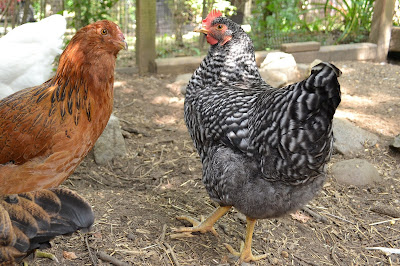The Esteemed History of Cats
Throughout the esteemed history of cats, felines have been skilled hunters and survivors. When wildcats became more domestic, many civilizations were helped by their mission of keeping the rodent population in check. This has been invaluable to farmers, sailors and even the silk industry.
Domestic cats are claimed to have descended from five species of wildcats: the Southern African wildcat, the Central Asian wildcat, the Chinese desert cat, the European wildcat and the Near Eastern wildcat. Today, the closest relative of our pet felines, is the Near Eastern wildcat, who resembles a tabby.
Agriculture Changes the History of Cats
A consensus of the time period for domestication is nearly 10,000 years ago when agriculture was born in the Middle East's Fertile Crescent. Wild wheat and barley flourished. The large scale storage of grains became a food source for mice and rats. The wildcat was to follow this abundance of prey and began living near human settlements. Cats being obligate carnivores, their prey satisfies their dietary requirements for nutrition and hydration. A cat's prey is basically 75 percent water. Thus, the wildcat had an endless supply of meat and hydration, while farmers had loyal and determined rodent control workers.
The oldest archaeological evidence of domestic cats was found at the village of Shillourokambos, in southern Cyprus, a Greek isle. This was a significant event in the history of cats. The grave of a cat was positioned next to the grave of a human being who was buried with ceremonial artifacts of flint and stone. The discovery date of the burial was estimated to be around 9,000 B.C., a time of the Neolithic era or Stone Age. Further, an excavation by the British Archaeological Institute in Ankara of a site near Hacilar unearthed 22 small terracotta statues of women playing with cats. The figurines from Hacilar, which was an early settlement in southwest Turkey, are said to be from 6000 B.C. The theory of domestic cats being common in the late Neolithic time is supported.
The History of Cats Revered
During the era of the New Kingdom (16th century B.C. - 11th century B.C.) in ancient Egypt, cats were exalted to godlike status. Aside from their duties of warding off snakes and rodents, cats became sacred. The history of cats saw statues placed outside homes to guard against evil spirits. The cat goddesses of Bastet and the lion-headed Sekhmet were praised by the ancient Egyptians. Domestic cats were thought to be the embodiment of the goddess Bast (a woman with the head of a cat) or Bastet (the cat in full form.) A necropolis at her principal temple at Bubastis contained over 300,000 mummified cats.
Since ancient Egypt was an important trading port, cats were taken on ships to control vermin. It is surmised that cats were introduced to Rome aboard these trading vessels. As the Roman empire expanded, the geographic history of cats saw their spread northward into central Europe and westward to Britain. They continued to move north and east in Europe. Admired as great hunters, cats were adopted quickly. The Vikings used cats as both rodent hunters and pets. The Viking goddess of love, fertility and war, Freyja, was associated with cats. Winged cats drew her chariot, and a custom was made to give new brides a kitten in her name.
When domestic cats arrived in Asia (most likely with European missionaries), they protected the silkworm cocoons from rodents. Cats as hunters thus helped with the silk industry and were cherished. Cats were often subjects for drawing and painting in China. Also, they protected ancient manuscripts from rodents.
In Japan, the "Maneki Neko" portrays a sitting cat with one paw raised and bent. These are considered good fortune. This legend in the history of cats rose from the story of a Japanese landlord who was saved from being struck by lightning. Intrigued by a cat seemingly waving at him, he left the deadly spot before impact. Replicas of this waving action are often found in businesses to draw in money.
An unfortunate event happened during the Middle Ages when felines were deemed as witches and familiars. This superstition led to their demise causing a black mark within the history of cats. However, the Europeans suffered for their cruelty. With the deaths of many cats came an uncontrolled rodent population which helped spread the Black Death in the 1300's. Almost one fourth of the European population died from the plaque.
Eventually, the cat's hunting prowess was respected again. By the 1600's, the French people began putting little holes at the bottom of their doors. Cats could enter and leave whenever they wanted. Perhaps, this coincided with the decree of King Louis XIII in the 1630's to end the practice of superstitious beliefs and harming cats. The history of cats prevails.
Today, domestic cats still hunt. The cat is a unique creature. Revered in every household, a cat appears to have the same outlook throughout its history. Cats have found us.
Article Claire Milligan
Photo Courtesy Diana Antal
History of Cats












